
The Income Tax return filing deadline of 31st July 2018 is fast approaching, you have 29 more days left to file your Income Tax return! The good news is that filing your return isn’t a laborious ordeal anymore. E-filing, or in other words, filing your tax return online, has made the entire process a whole lot simpler.
Here’s everything you need to know.
What is e-filing?
To put it simply, e-filing means filing your income tax returns electronically.
Who can e-file their Income Tax returns?
Any taxpayer who is liable to file their income tax returns can e-file.
Who needs to file a return?
It is mandatory for the following individuals to file their returns:
- Those with an income of Rs. 5 lakhs and above
- People owning assets abroad
- People whose income needs to undergo an audit
What are the ways you can e-file?
There are three methods you can use to e-file your returns.
- E-file using your digital signature – Choose this option to file your returns in a few steps.
- E-file without using your digital signature –The process involves a few more steps, including e-verification.
- E-file through a service provider – Instead of filing through the income tax government website, you can choose to file your returns through a service provider (who offers e-filing online).
Additional Reading: FAQs About E-Filing Your Income Tax Returns
Where to start?
If you are a first-time user who has never e-filed your returns, you will need to register yourself either with the official government website (www.incometaxindiaefiling.gov.in) or with one of the service providers.
Additional Reading: Document Checklist To Help You File Your Taxes On Your Own
Here’s how you can file your returns through the income tax government website:
- Create your username and password. You will need your PAN card number for this process. Your address details will be extracted from the PAN.
- You must enter other personal details carefully. Make sure that you enter your e-mail address correctly. The e-mail address is important since all communication regarding your income tax returns will be made through the email address you provide.
- Once you have registered, an e-mail will be sent to you confirming registration. You can use this e-mail to activate your account.
- Once this is done, you are ready to file your returns online. In case you are planning to use your digital signature, you need to register the signature on the website.
Additional Reading: Things To Know Before Filing Your Income Tax Return (ITR)
How to file your return?
- Log into your account.
Choose the option to prepare your ITR form. This will be ‘View Returns/Forms’ or ‘Quick e-file ITR’.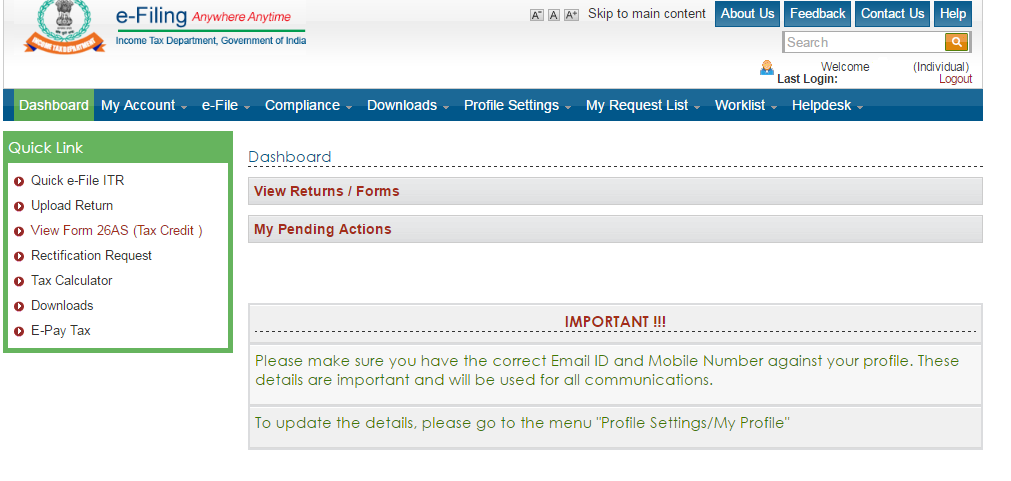 Choose the right ITR form. For instance, ITR 1 is for individuals with income from salary and interest while ITR 4 is for those who receive income from a proprietary business or profession.
Choose the right ITR form. For instance, ITR 1 is for individuals with income from salary and interest while ITR 4 is for those who receive income from a proprietary business or profession.
- You have the option of either downloading an excel sheet, filling it up and uploading it back onto the website later or you can choose to enter your details online. (The Income Tax India website also provides an instruction sheet on how to fill the ITR form.)
- In case you choose to download the form and fill it up, you need to generate an XML file from the filled form. XML is a format that helps the IT Department enter the details into its database.
- Verify the pre-filled personal information or fill it in.
- Fill in the income that you earned.
- Fill in your tax deductions under Chapter VI-A.
- Enter the tax deducted by your employer and others, if any.
- If there is any tax to be paid then make an online payment and generate the challan counterfoil along with the Challan Identification Number (CIN).
- Now complete the Income Tax Return form with the details from the challan and CIN along with the payment details and the details of the bank through which the e-payment has been made.
- Once you fill in all the details, click on submit returns or upload the XML file in case you downloaded the form.
- You can choose to print your ITR-V form for verification or choose to e-verify your return using your PAN card or Aadhaar card.
- You will receive an acknowledgement for filing your return.
- If the return has a digital signature then the filing process is complete upon the acknowledgement notification and the print out is required only to keep a personal copy. In case you don’t know how to e-verify or don’t want to, you need to fill in the ITR Verification form (ITR-V) and send it to the Income Tax office. This needs to be done within 120 days of e-filing your return.
Benefits of e-filing over paper filing
One of the foremost benefits of e-filing is the flexibility of filing your returns anywhere / anytime using the internet. Online tax returns are processed much faster than paper returns and the tax is worked out automatically as the payee completes the form. With this method, the payee also gets an acknowledgment slip immediately. And in case you were wondering, online filing is certainly safe and secure.
Check out this video for more:
Deadlines for filing your returns
The last date to file your returns is 31st July 2018. For those who need to get their account books audited under the Income Tax Act, the last day to do so is 30th September 2018. Also, don’t forget to link your Aadhaar card before filing your returns.
Why not start investing to save on tax for the next financial year and avoid that last minute rush? Start with a tax-saving Fixed Deposit.

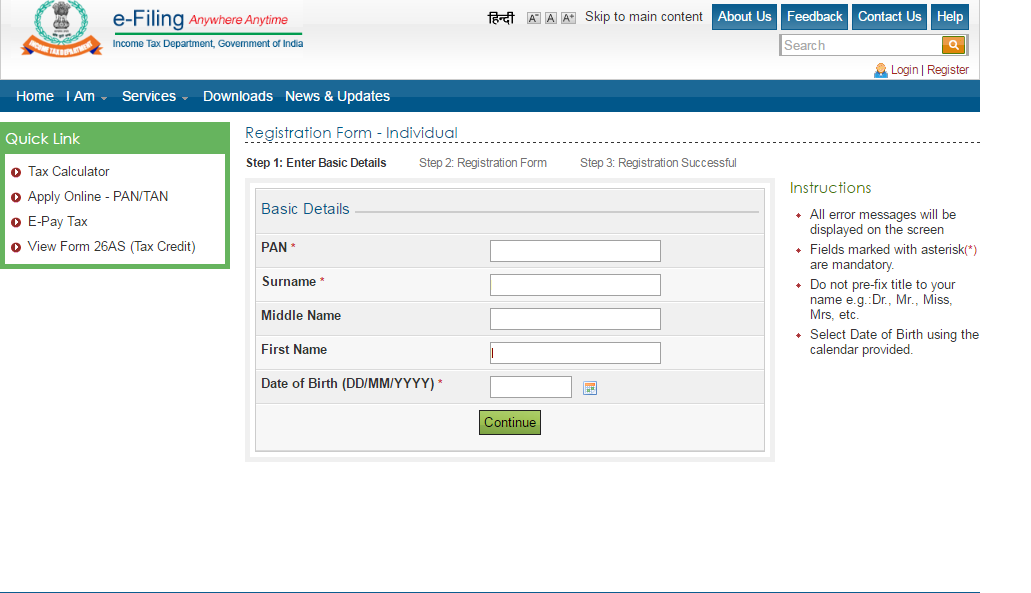
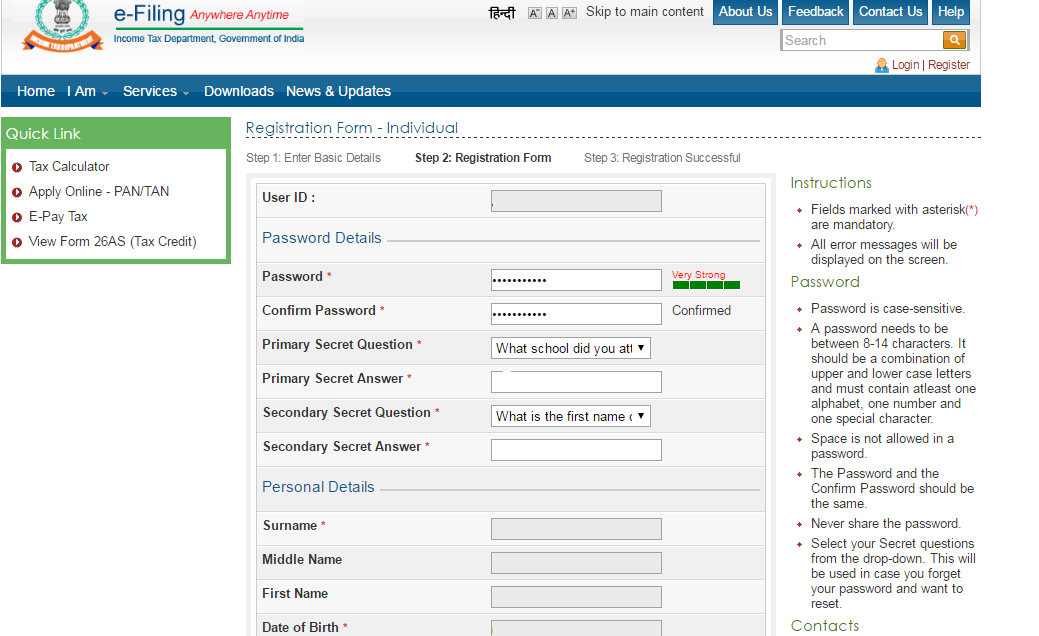

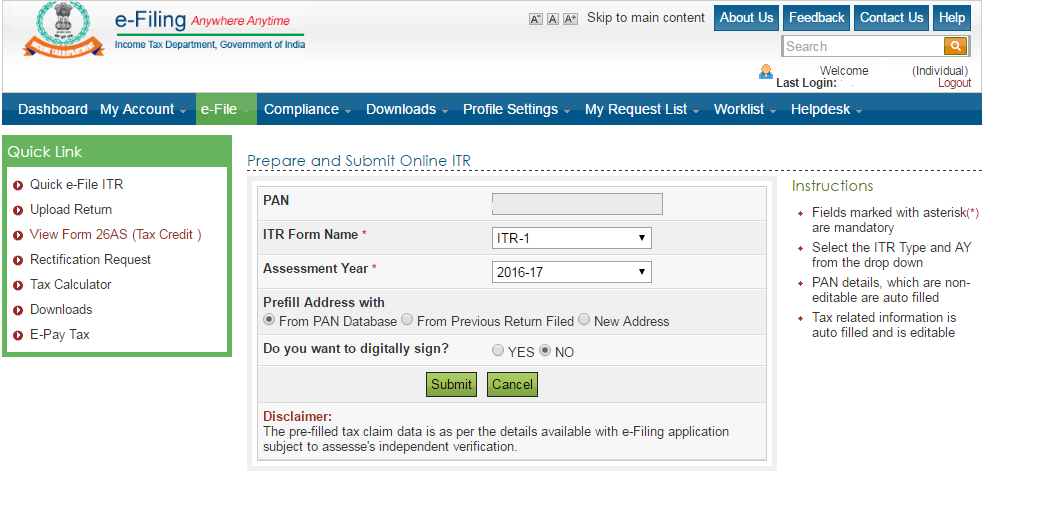
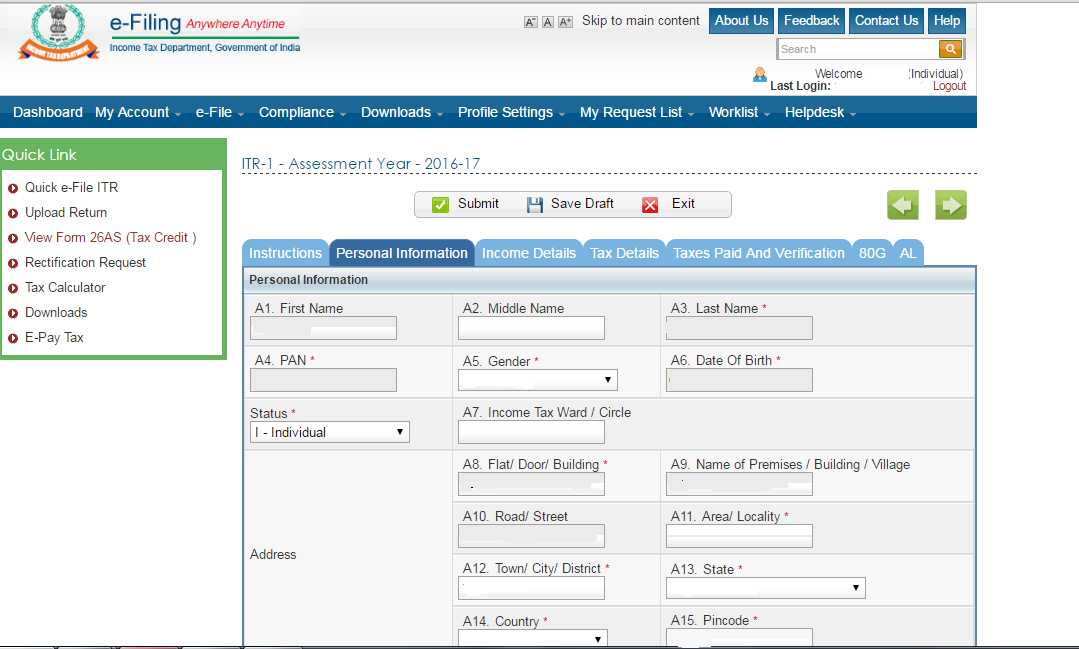
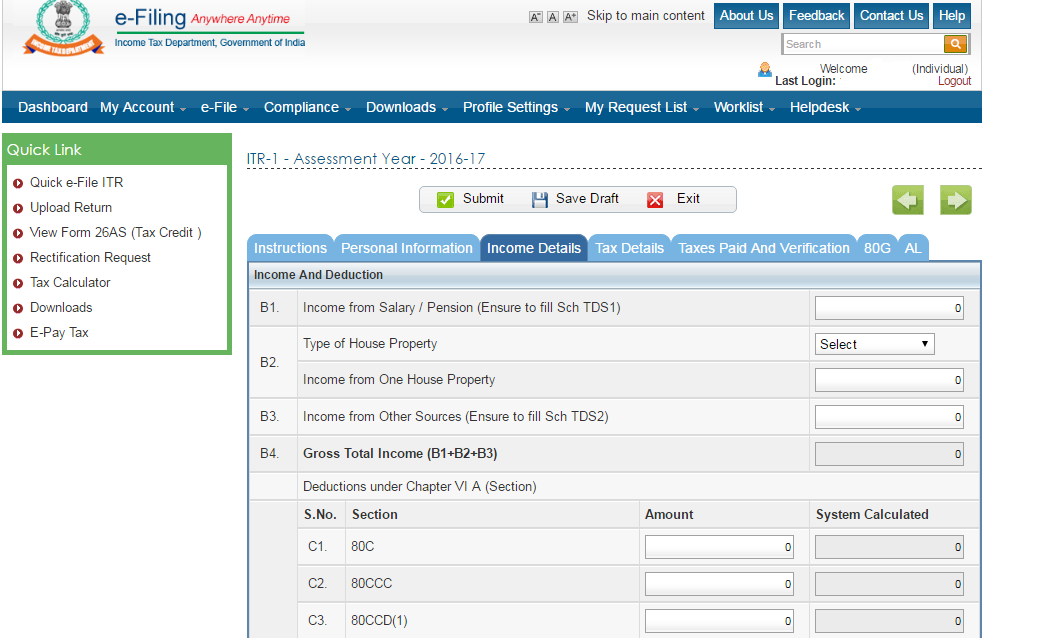
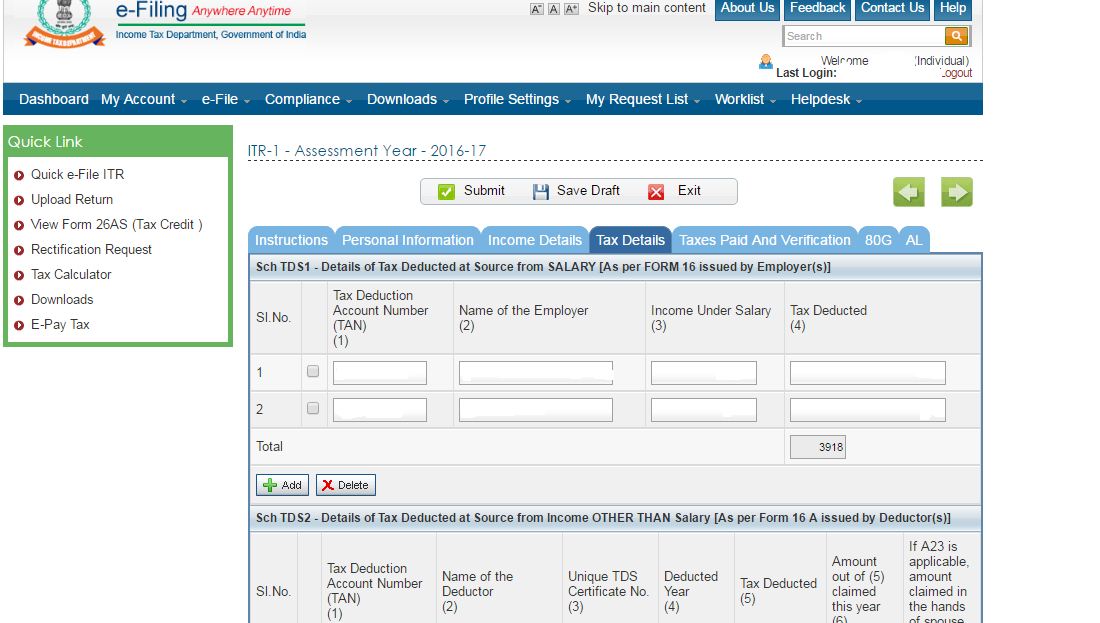
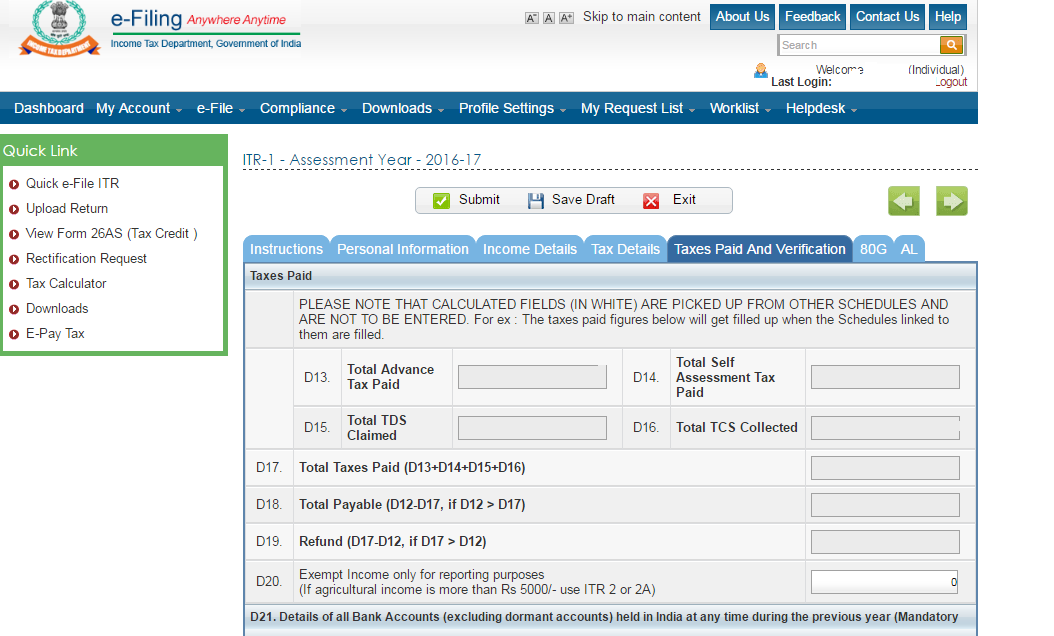
All these means that everybody should have a computer & printer ! What a joke by Govt on poor Indians ! Or,is it for rich only ! Then what the poor will do when they have to pay income tax /
most poor people do not pay income tax in india.. and that is the truth.. have you ever seen an autowalla or taxi wala or any majdur filing return?(even though their income might be more than taxable limits but no documentory proof so easy to escape the tax net) .. it is only middle class and upper middle class who is worried about all these things..
you are 100 percent correct.Filling of return is so difficult and complicated that even educated middle class people face a lot and get confused while filling return.Even ,I am unable to file ITR 4.Can u plz help me.
Dear Satish, Please check out this blog post for help on filing your returns – https://www.bankbazaar.com/tax/step-by-step-guide-efile-income-tax-return-online.html using the official Income Tax website. Although we don’t deal with filing of tax returns currently, you’ll also find there are some useful online portals that can do it for you.
Cheers,
Team BankBazaar
Really helps a lot
Well written article. Nicely explained the nitty gritting of filing online IT return. Thanks to the author.
Though e-filing of ITR has become so convenient, delay is encountered in collection of IT deduction certificate (Form 16-A) about fixed deposit interest, from the banks. Can it be made compulsory for the banks ( and Post Office savings bank)to ensure availability of Form-16-A, by 31st May, every year, and post or e-mail it to the depositors ?
Hi Dinesh,
You will need to be proactive with getting your Form 16-A. Follow up with your bank and the post office until you get it. This way you will have your forms with your ahead of time and be able to file your return on time.
Cheers,
Team BankBazaar
really this article heps me a lot mam
thanks
mam
i can file itr online now
I liked your blog very much because at here mentioned step by step ITR filing instruction. So now online ITR filing is more easy thanks for awareness.
Hi Kapil Kumar,
Glad we could be of help. Have a nice day!
Cheers,
Team BankBazaar
Hi Team BankBazaar,
This was a outstanding information you shared on this page about the deduction of tax online by submitting an application to the government with the required legal documents ,if you interested to remove this kind of tax then the best option for you to read this great article and remember all the important points of a great article E-file using your digital signature which help you to pass your claim application in a very short interval without any country objection .
Thanks
Hi Corine, We’re glad that you found our article useful. Keep reading! Cheers, Team BankBazaar
Thanks for writing such a good post …
Hi lovelyroy,
You’re most welcome.
Cheers,
Team BankBazaar